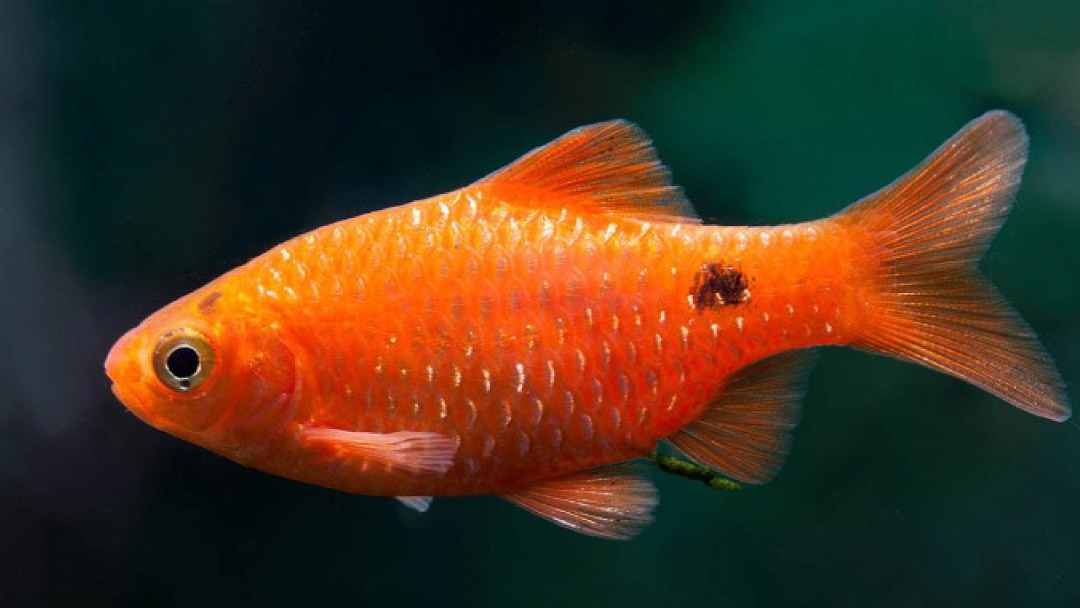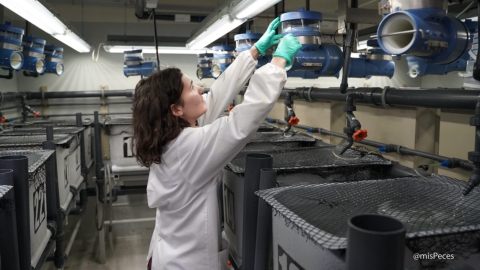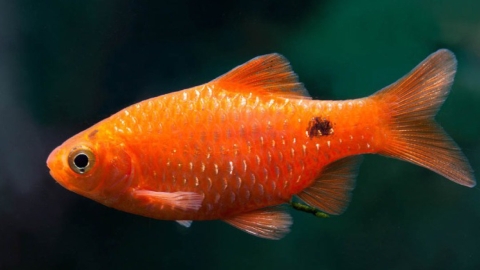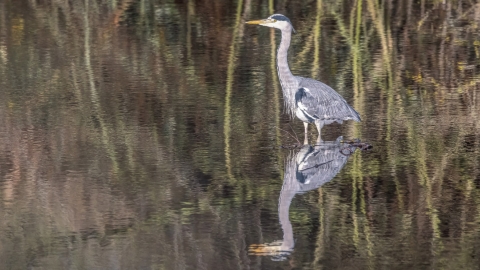
Gel-based feeds are emerging as sustainable alternative to conventional pellets in ornamental aquaculture. By using low-value fish as a protein source and offering controlled nutrient release, they help reduce uneaten feed and water pollution, supporting more eco-friendly production.
A study conducted by researchers from the College of Fisheries, Central Agricultural University in India has demonstrated that fish muscle-based gel feeds can improve growth, feed acceptance, and physiological health in the ornamental rosy barb (Pethia conchonius), while helping to reduce environmental impacts in aquaculture systems.
The research, recently published in Aquaculture Reports, evaluated a new gel-based feed formulated from fish muscle sourced from locally available low-value species, combined with maize flour, yeast, lactogen, vitamin-mineral premix, and a 5% gelling agent. According to the authors, “gels formulated at pH 7 and 70ºC demonstrated enhanced functional qualities (gel strength, texture, colour, stability, and nutrient retention) and received positive acceptance by the fish.”
The team carried out two experiments: the first optimized the pH and heating conditions for gel formation, and the second assessed feed acceptance, growth performance, and physiological responses in ornamental rosy barb. Fish with an average initial weight of 3.62 grams were stocked in 45-litre glass aquaria and fed the gel diets for 30 days.
Results showed that gel-based diets improved water stability and nutrient retention compared to conventional feeds, reducing nutrient leaching that can contribute to eutrophication. The study highlights that “gel-based diets enhanced haematological and digestive functions compared to the control group,” with improvements observed in red and white blood cell counts, total protein, and digestive enzyme activity.
Feed acceptance was highest in the 5 pH-70ºC treatment and weight gain ranged from 9.19% to 17.17% across gel-fed groups. Water quality in all tanks remained within optimal ranges for rosy barb, confirming that the gel feeds did not negatively impact the current environment.
The authors conclude that this novel approach “introduces an innovative and sustainable method for formulating a gel-based feed for ornamental fish,” opening the door to more efficient and environmentally responsible ornamental fish culture.



